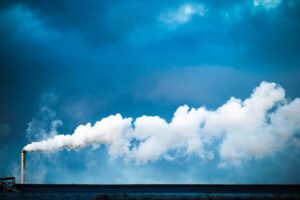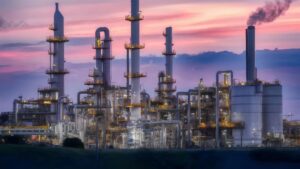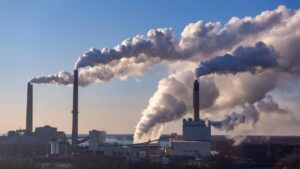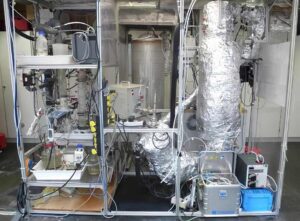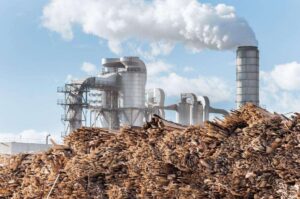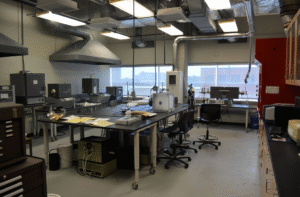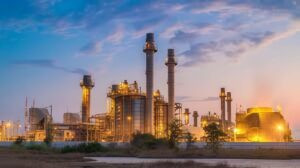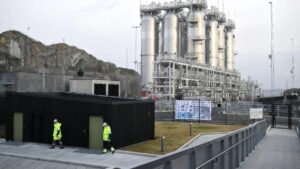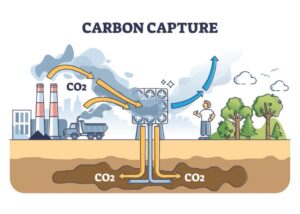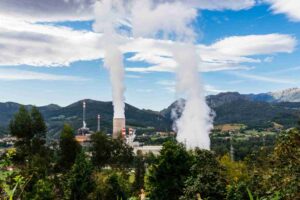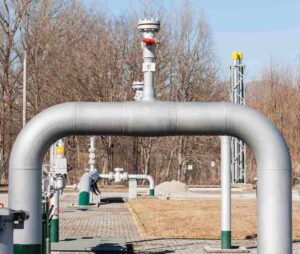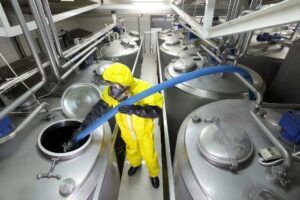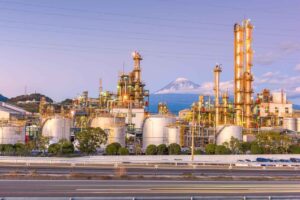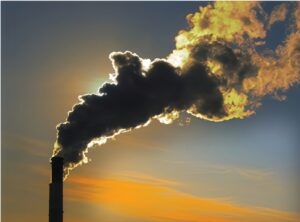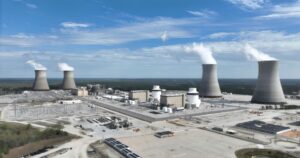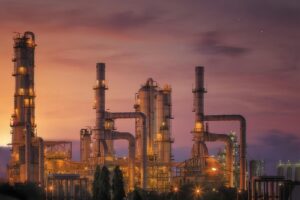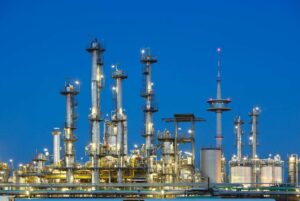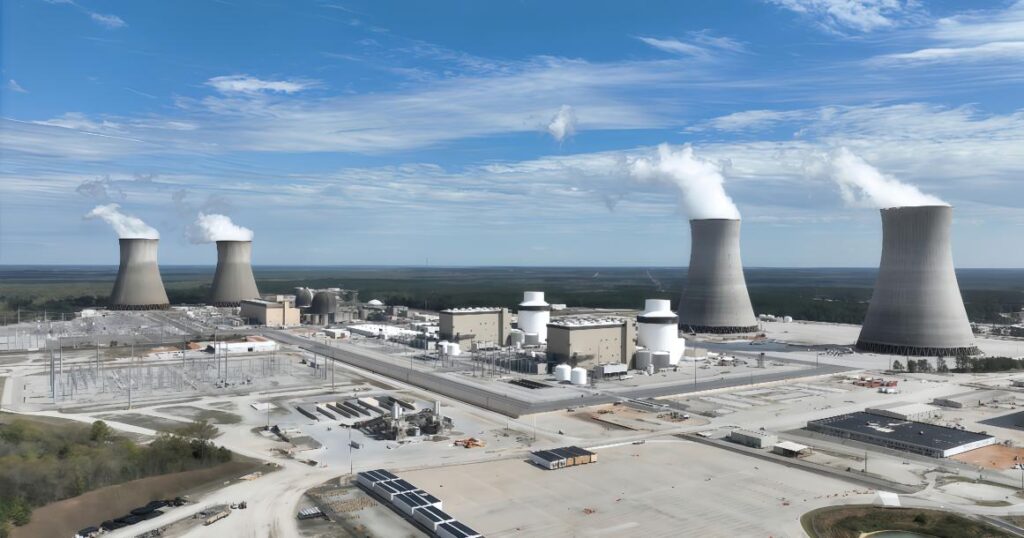
A continuous gas analyzer is an industrial instrument that monitors gas concentrations in real time. It samples emission streams or process lines without interruptions. In modern industries—like power generation, cement, petrochemicals, and environmental monitoring—this tool plays a central role in maintaining safety, optimizing operations, and meeting tough emission limits.
Moreover, when operators know which gases their analyzer can detect, they can make smart control decisions, ensure compliance, avoid fines, and keep people safe.
Today’s environmental rules demand tight control of pollutants like NO₂, SO₂, CO, CO₂, O₂, CH₄, NH₃, and VOCs—so knowing your analyzer’s scope matters deeply for uptime and trust. For example, by operating 24/7, they give power plants real-time feedback to optimize combustion and comply with emissions rules. In practice, continuous gas analyzers supply the data needed to meet strict environmental standards and keep processes efficient.
What Is a Continuous Gas Analyzer and Why Do Power Plants Need It?
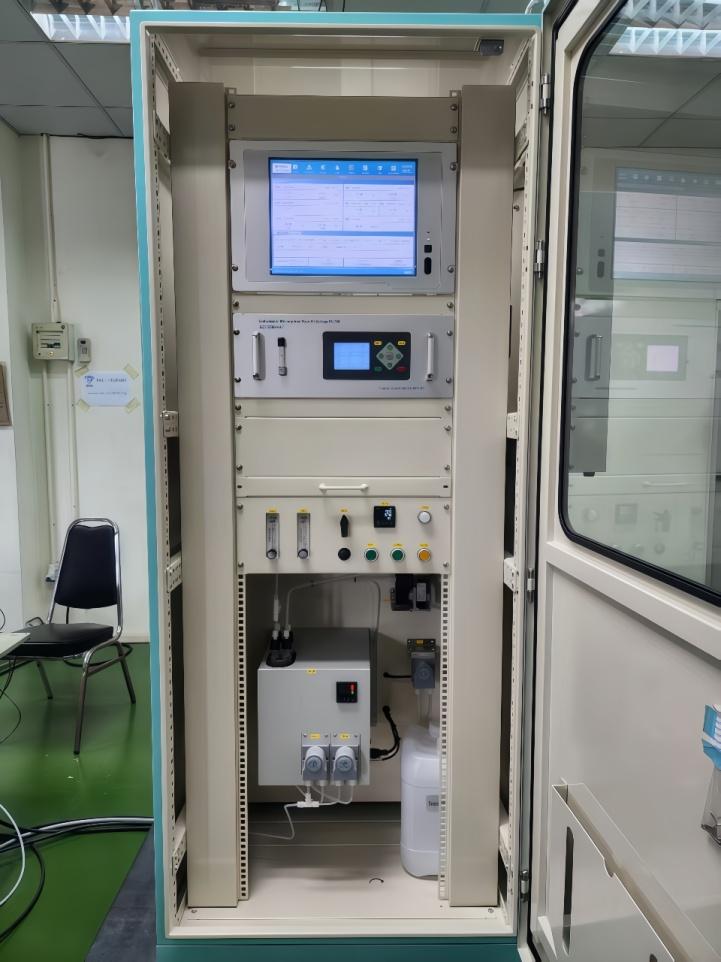
(CEMS)
Essentially, a continuous gas analyzer is a part of an automated system that constantly measures gas composition. It samples exhaust or process streams in real time. In power plants, such devices help control combustion. For example, monitoring O₂ and CO₂ levels allows engineers to optimize the air-fuel mix for peak efficiency. This boosts efficiency and reduces unburned fuel. At the same time, measuring NOₓ and SO₂ ensures emissions stay within legal limits, protecting the environment and avoiding fines. Continuous gas analyzers help power plants by:
- Optimize combustion: Real-time O₂/CO₂ tracking maximizes fuel efficiency.
- Ensure compliance: Continuous NOₓ/SO₂ monitoring keeps emissions within permitted limits.
- Increase safety: Instant alerts on abnormal gas levels prevent hazardous conditions.
- Support analytics: Continuous data logging aids reporting, audits, and maintenance.
Now that we’ve established what continuous analyzers do and why they matter, we can explore how specific technologies—NDIR and UV-DOAS—work and where each shines.
How Do NDIR and UV-DOAS Technologies Differ in Continuous Gas Analyzers?
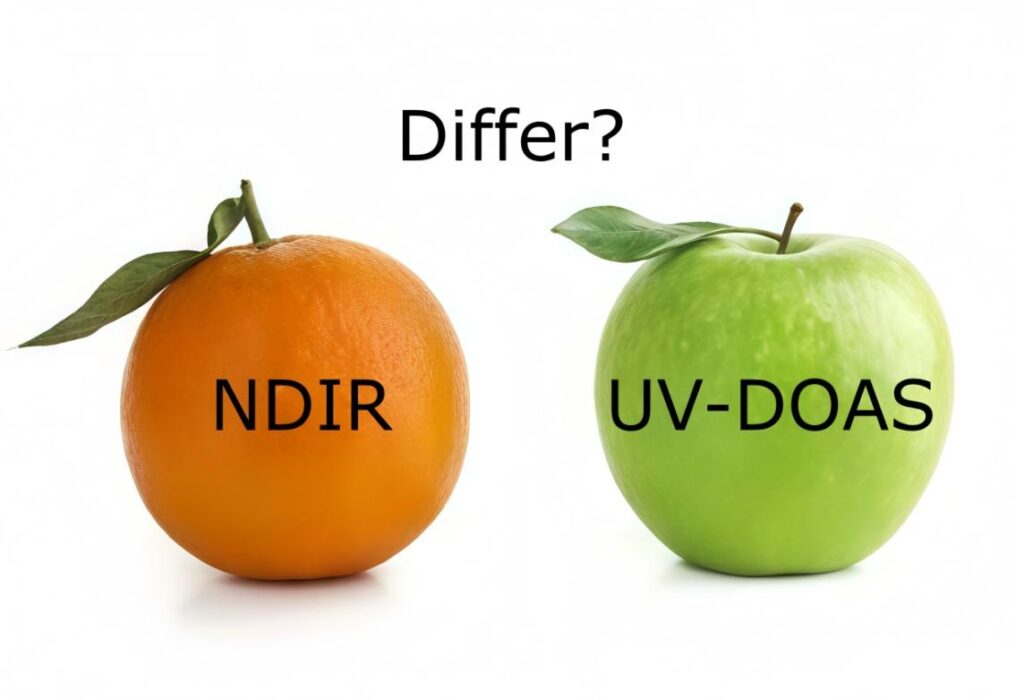
NDIR (Non-Dispersive Infrared) and UV-DOAS (Ultraviolet Differential Optical Absorption) each target different gases using distinct light bands. Continuous analyzers can use one or the other based on the application. For example:
- NDIR (Infrared): Uses infrared light to measure gases like CO₂, CH₄, and CO by their IR absorption. These analyzers are robust and simple, making them low-maintenance and cost-effective. (ESEGAS’s IR-GAS-600 series is an NDIR multi-gas analyzer for CO, CO₂, CH₄, N₂O, and O₂.)
- UV-DOAS: Uses ultraviolet light absorption spectroscopy to detect gases such as SO₂, NO, NO₂, and O₃. UV-DOAS is highly sensitive and can measure several gases at once. For instance, ESEGAS’s UV-GAS-100M sensor can analyze up to five components (SO₂, NOₓ, H₂S, etc.) simultaneously.
However, each method has trade-offs. NDIR may struggle when gases have overlapping IR spectra (cross-interference), while UV-DOAS requires a stable UV source and is best suited for strongly UV-absorbing gases. In practice, plants often use NDIR for hydrocarbons and CO₂, and UV-DOAS for acid gases in flue streams.
Why Is FTIR Important for Continuous Gas Analyzers in Power Plants?
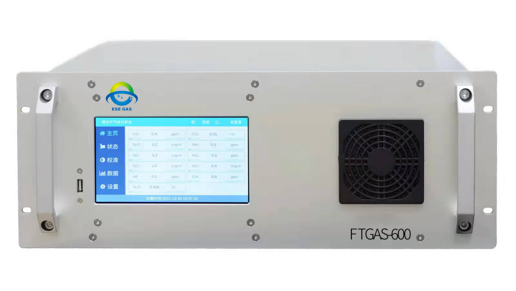
Online Fourier Transform Infrared (FTIR) analyzers play a key role by providing multi-gas capability. An FTIR analyzer collects a broad IR spectrum and uses mathematical transforms to identify each gas’s signature. This allows one instrument to measure dozens of species at once – for example, SO₂, NOₓ (NO, NO₂), CH₄, HCl, HF, CO, CO₂, O₂, H₂O and others. Such coverage is hard to beat: ESEGAS’s online FTIR unit (ESE-FT600) can simultaneously analyze all major flue components in real time.
- Multi-Gas Monitoring: FTIR detects many gases at once (SO₂, NOₓ, CO, CO₂, H₂O, etc.). A single FTIR analyzer replaces multiple single-gas sensors.
- Precision Spectroscopy: It uses full-spectrum IR data and curve-fitting to quantify each gas accurately. This means overlapping absorption features (like water vapor) can be mathematically separated.
- Robust Design: ESEGAS FTIR analyzers employ heated optics and strong interferometer design to prevent condensation and vibration issues. They also use advanced algorithms (non-linear least squares) to mitigate H₂O interference.
- Industry Use: Online FTIR analyzers are integral in power generation, petrochemical, waste management and research facilities. Their detailed, real-time data helps plants stay efficient, safe, and compliant.
Above: FTIR analyzers use an interferometer and broadband IR source to analyze gas mixtures. With one detector they parse the full spectrum. By design, FTIR systems are “sophisticated” instruments ideal for continuous gas monitoring where high precision and multi-component analysis are required.
While FTIR offers wide-spectrum detection, TDLAS delivers extreme sensitivity and selectivity for specific gases—but how does that translate into real-world benefits.
What Advantages Does TDLAS Bring to Continuous Gas Analyzers?
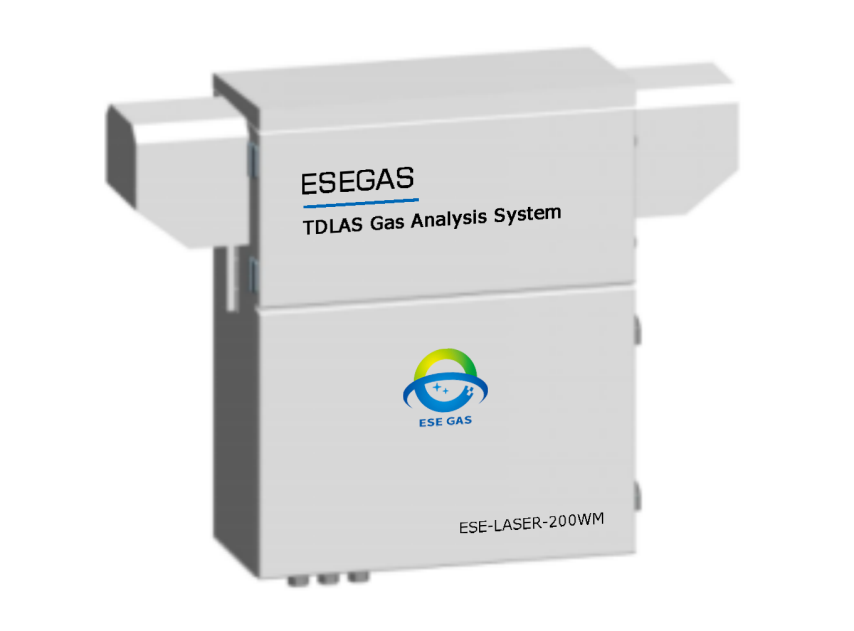
Tunable Diode Laser Absorption Spectroscopy (TDLAS) injects laser light at a precise wavelength that a target gas absorbs. This narrow-band approach delivers unmatched performance for specific gases. ESEGAS’s TDLAS modules (like the ESE-LASER-100M) capitalize on these strengths. Key advantages include:
- Ultra-High Sensitivity: By tuning to a single absorption line, TDLAS reaches sub-ppm (even ppb) detection limits. This makes it ideal for trace gas monitoring.
- Unmatched Selectivity: Each gas has a unique laser absorption “fingerprint,” so TDLAS measurements are free from cross-interference by other species. Only the target gas absorbs the laser light at that line.
- Real-Time Speed: Laser modulation and fast detectors yield millisecond-level response. Operators see instantaneous concentration changes, crucial for tight process control.
- High Stability: TDLAS analyzers have no sample cell drift or chemical sensor fouling. They remain stable over time and require calibration only occasionally.
For example, ESEGAS’s TDLAS module measures multiple gases (NH₃, HCl, HF, H₂S, CH₄, CO, CO₂, O₂) with high sensitivity and zero background interference. The result is a laser-based gas analyzer that is fast, precise, and essentially “non-intrusive” to the sample. These features make TDLAS a preferred choice for critical gas streams (e.g. monitoring moisture or ammonia slip in SCR systems).
With a grasp of all four technologies—NDIR, UV-DOAS, FTIR, and TDLAS—we can now see how they jointly enable compliance, safety, and efficiency in continuous monitoring.
How Do Continuous Gas Analyzers Support Regulatory Compliance and Efficiency?
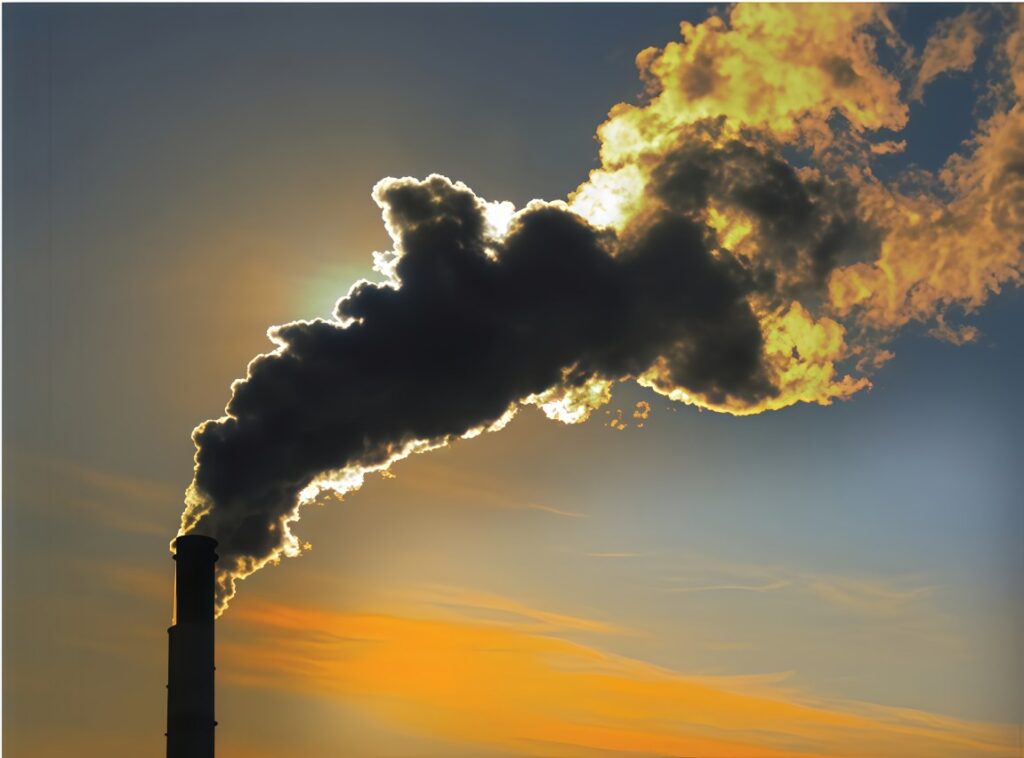
Continuous gas analyzers are central to meeting legal requirements and optimizing plant operation. By constantly recording emission levels, they demonstrate compliance with environmental rules (e.g. EPA’s Acid Rain and other programs). At the same time, the live data helps engineers tune the process. For instance, maintaining the proper oxygen setpoint improves combustion and cuts fuel costs. Early alerts on rising pollutant levels or gas leaks prevent equipment damage and shutdowns. Key benefits include:
- Stay Compliant: Constantly recording emissions (SO₂, NOₓ, CO₂, etc.) satisfies regulatory mandates. It avoids surprises in audits and fines.
- Improve Efficiency: Real-time feedback (especially O₂/CO₂ ratios) allows continuous tuning of boilers and burners, reducing fuel consumption and CO₂ output.
- Boost Safety: Instant alarms on unexpected gas levels or toxic leaks give operators time to react, preventing accidents.
- Enable Analytics: Automated logging of gas trends supports plant diagnostics, reporting and strategic maintenance decisions.
By integrating precise gas analyzers, plants not only stay within legal limits but also run more economically and safely.
After seeing the compliance and efficiency gains in power plants, it helps to broaden our lens and explore how other industries also rely on continuous gas analyzers.
Which Industries Benefit from Continuous Gas Analyzers Besides Power Plants?
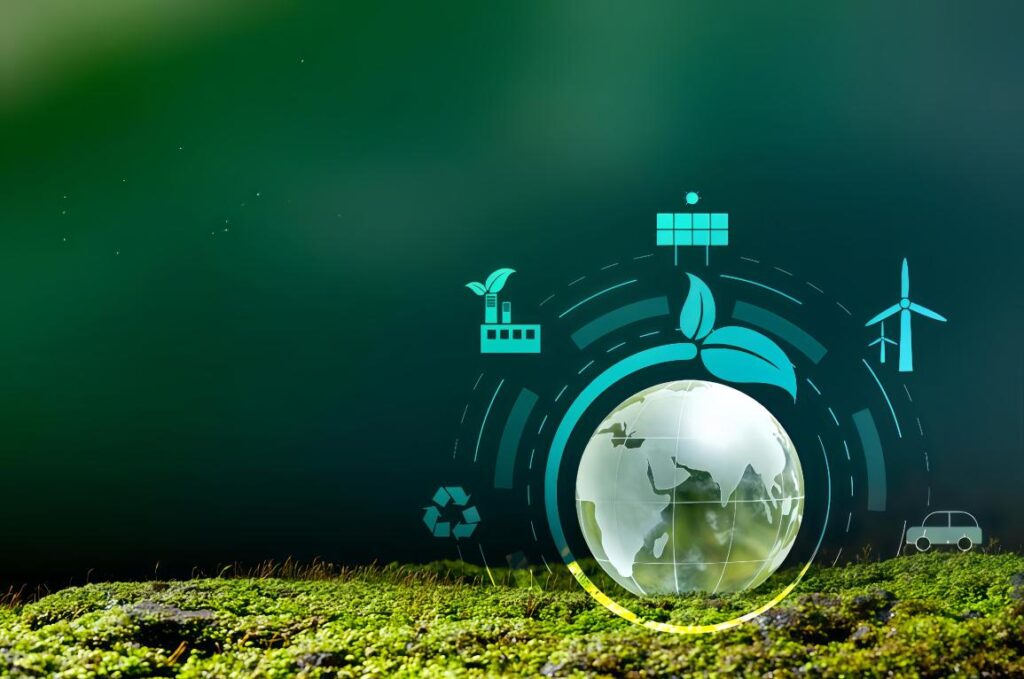
(Environmental Monitoring with IoT)
Continuous gas analysis is vital across many sectors:
- Petrochemical & Refinery: Plants track H₂S, NH₃, VOCs and combustion byproducts. UV-DOAS or FTIR analyzers (like ESEGAS models) ensure process control and safety.
- Waste Incineration and Chemical: Incinerators measure HCl, HF, SOₓ; chemical plants monitor NH₃, H₂S. ESEGAS’s UV-DOAS and TDLAS systems are deployed to handle these corrosive or trace gases.
- Cement and Steel Manufacturing: Kilns and furnaces need continuous CO, NOₓ and CO₂ data to optimize high-temperature processes and meet emission limits.
- Automotive & Engine Testing: Research and certification labs use TDLAS modules for precise exhaust testing (CO, NOₓ, hydrocarbons) both on vehicles and engines.
- Environmental Monitoring & Research: DOAS and FTIR analyzers are used in air quality networks to measure ozone, NO₂, VOCs, greenhouse gases, etc.. Scientists rely on the high accuracy of these instruments to study pollution and climate change.
In short, any industry that burns fuel or emits gases can leverage ESEGAS continuous gas analyzers. Their advanced NDIR, FTIR, UV-DOAS and TDLAS technologies deliver the real-time gas data essential for clean, efficient, and safe operations.
Conclusion
By focusing on deep expertise and quality engineering, ESEGAS ensures plants and facilities have trustworthy continuous gas analysis. These analyzers do more than just monitor – they empower operators with insights to improve performance and protect the environment.
If you want to know more details, contact with us please!
Continuous Gas Analyzers FAQs:
- What is a continuous gas analyzer and how does it differ from a portable gas analyzer?
A continuous gas analyzer monitors gas composition in real time, while a portable gas analyzer is for periodic checks or field use. ESEGAS continuous gas analyzers, is known as continuous emission monitoring systems (CEMS), install at fixed points in power plants and other facilities to feed live, high-frequency data. Portable analyzers serve inspections, spot checks, or backup measurements.
- Which gases can an ESEGAS continuous gas analyzer measure?
ESEGAS gas analyzers detect a wide range of gases including:
- Combustion gases: O₂, CO, CO₂
- Pollutants: SO₂, NOₓ (NO, NO₂)
- Trace / process gases: NH₃, HCl, HF, H₂S, VOCs, CH₄
The exact mix depends on the model (NDIR, FTIR, UV-DOAS or TDLAS) and the application (flue gas, process stream, ambient air). ESEGAS offers multi-gas analyzers that measure several of these simultaneously.
- How do NDIR, FTIR, UV-DOAS, and TDLAS technologies compare in continuous online gas analyzers?
| Technology | Strengths | Best Use-Cases | Trade-Offs |
| NDIR | Reliable for infrared-absorbing gases like CO, CO₂, CH₄; simple optics; durable | Monitoring combustion efficiency, CO₂ emissions, CO balance in power plants | Overlap of absorption bands; less effective for gases without strong IR features |
| FTIR | Broad spectrum; measures many gases with one instrument; high resolution | When multiple pollutants or process gases must be tracked (SO₂, NOₓ, CO, VOCs etc.) | More complex hardware; optical path integrity; higher cost |
| UV-DOAS | Strong sensitivity for UV-absorbing gases (SO₂, NO₂); good for plume gas monitoring | Power plants with flue gas containing acid gases; industries with stack emissions | UV light source stability; less sensitive to gases without UV absorption |
| TDLAS | Very low detection limits (ppm or ppb); high selectivity; fast response | Detecting trace gases, leak detection, ammonia slip, precise monitoring tasks | Limited to gases with well-defined laser absorption lines; can be higher cost per gas |
ESEGAS selects the right technology based on the gas species, required detection limit, response time, operating environment, and cost of ownership.
- How do I choose the right continuous gas analyzer for my power plant?
When choosing, consider:
- Target gases: Which pollutants or process gases matter?
- Detection limit and accuracy: Do you need ppm or ppb sensitivity?
- Response time: How fast must the analyzer react to changes?
- Environmental conditions: High temperature, moisture, dust can degrade sensors; choose robust sampling and optics.
- Regulatory compliance: Local emission limits (e.g. for NOₓ, SO₂, CO₂) set required performance.
- Maintenance, calibration, downtime: Choosing a technology with lower drift and simpler upkeep reduces operational cost.
ESEGAS helps by modeling the plant’s stack/gas stream, recommending analyzer type (NDIR, FTIR, UV-DOAS, TDLAS) suited for the plant’s needs, and specifying installation, sample handling, and maintenance.
- What accuracy and detection limits can I expect from ESEGAS analyzers?
Typical ESEGAS detection and accuracy characteristics are:
- NDIR gas analyzers: Detect down to low ppm levels for CH4, CO, and CO₂.
- FTIR gas analyzers: Multi-gas detection with several ppm resolution; capable of handling overlapping spectral bands by advanced computational techniques.
- UV-DOAS gas analyzers: Sensitive to SO₂, NO₂ in the low ppm or sub-ppm range when gas path lengths or optical setups are optimized.
- TDLAS gas analyzers: Provide high selectivity and reach ppb or sub-ppm sensitivity for certain gases (e.g. NH₃, trace HF) under good sampling conditions.
Accuracy depends on calibration, sample conditioning, environmental stability. ESEGAS designs its hardware to reduce drift, use reference optics, and compensate for temperature / moisture interference.
- How often must I calibrate a continuous gas analyzer for reliable results?
ESEGAS recommends the following calibration schedule:
- Annual full calibration: Check span gas and zero gas, especially for regulatory compliance.
- More frequent checks (3-6 months): If you run gas analyzers continuously in harsh or variable environments (high moisture, dust, fluctuating temperature).
- Daily or weekly zero/blank checks: For FTIR or TDLAS, background measurements (zero gas) help correct drift and maintain accuracy.
According to ESEGAS’s guidance for flue gas analyzers, at least once a year full calibration maintains reliable readings. Usage intensity and environmental stress may shorten this interval.




